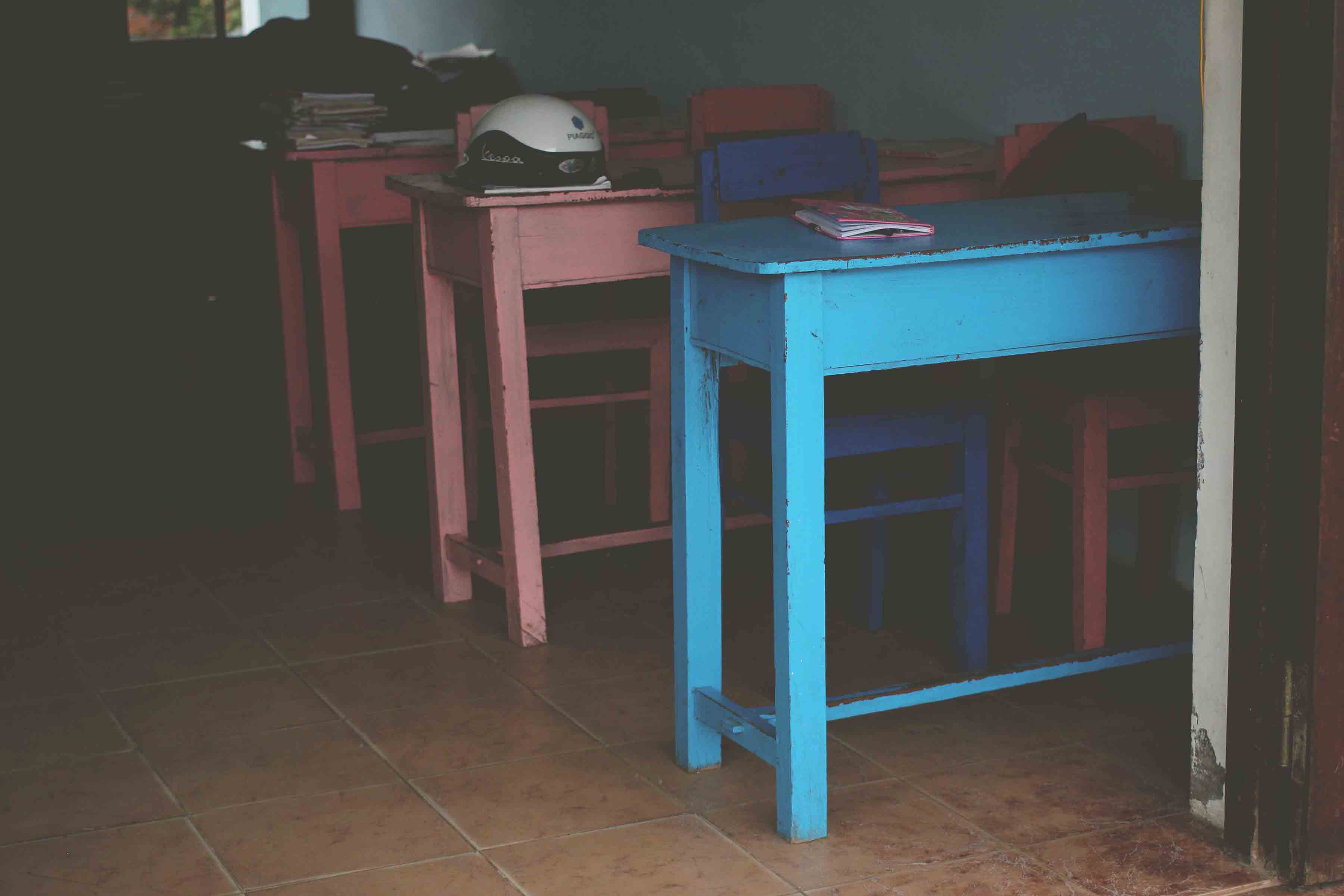Within the July 2012 Health Affairs issue, “Assessing The President’s Emergency Plan For AIDS Relief” is an excellent article in which Bryant and colleagues present their attempt to evaluate the impact that the President’s Emergency Program for AIDS Relief (PEPFAR) has had on orphans and vulnerable children in the PEPFAR targeted countries. The Boston University researchers evaluated five PEPFAR funded OVC projects that were chosen by the US Interagency Technical Working Group for OVC and the Office of HIV/AIDS at USAID, in consultation with the researchers. The researchers found that, despite PEPFAR having spent approximately $1.6 billion to provide four million children care and support, they “could not demonstrate empirically the impact of most of the PEPFAR initiatives” examined. The researchers struggled to find quantifiable impact as a result of a lack of baseline data and because the programs were “spread so thin across a vulnerable population” that there was little chance of the programs making a significant difference in an individual child or family’s life. The authors recommend having better measurement and rigorous evaluation and also either dramatically expanding the program funds or better target funds so that they have a chance at improving lives.
Reading the Results section of the article is frankly depressing. The authors list the various outcomes that effective interventions should have improved stating that there was no observable difference between those receiving the PEPFAR funded service and others in the community. The researchers examined outcomes for programs that provided support for education, health care, food and nutrition, psychosocial needs, legal protection, shelter and care, and economic strengthening. The researchers did find in at least one program that substantial provision of school fees (~$400 per child per year) did improve school enrollment rates but that other programs did not and similarly there were mixed psychosocial support outcomes.
A major conclusion of the authors is the need to start funding and conducting rigorous research and evaluations around interventions. The authors note that while the programming has moved from the emergency implementation stage to a more structurally integrated programs, the evaluation methods have not similarly evolved. “In other words, most programs are still being implemented in a way that precludes empirical measurement of inputs and outputs against a well defined baseline.” The authors could similarly not find an evidence-base for OVC programming.
Let’s take this work as a further call to action!
This blog post was written by Dr. Kate Whetten, the Director of the Center for Health Policy & Inequalities Research, as well as Professor of Public Policy, Global Health, Nursing and Community and Family Medicine at Duke University. Professor Whetten is a member of the OVC Wellbeing advisory board.
Please respond to this article in our discussion forum.
Featured article:
By Malcolm Bryant, Jennifer Beard, Lora Sabin, Mohamad I. Brooks, Nancy Scott, Bruce A. Larson,
Godfrey Biemba, Candace Miller, and Jonathon Simon








 Whetten’s research team compared the physical health, cognitive functioning, emotion, behaviour and growth of orphaned or abandoned children ages 6-12, half of them living in institutions and the other half dwelling in the community. The study found that children in institutions in five countries reported significantly better health scores, lower prevalence of recent sickness and fewer emotional difficulties than community dwelling children. These findings suggest the overall health of children in orphanages is no worse than that of children in communities.
Whetten’s research team compared the physical health, cognitive functioning, emotion, behaviour and growth of orphaned or abandoned children ages 6-12, half of them living in institutions and the other half dwelling in the community. The study found that children in institutions in five countries reported significantly better health scores, lower prevalence of recent sickness and fewer emotional difficulties than community dwelling children. These findings suggest the overall health of children in orphanages is no worse than that of children in communities. Of the estimated 143 million orphans and abandoned children worldwide, roughly half reside in South and East Asia, according to UNICEF. An estimated 12 percent of all children in Africa will be orphaned by next year as a result of malaria, tuberculosis, pregnancy complications, HIV/AIDS and natural disasters, according to the World Health Organization.
Of the estimated 143 million orphans and abandoned children worldwide, roughly half reside in South and East Asia, according to UNICEF. An estimated 12 percent of all children in Africa will be orphaned by next year as a result of malaria, tuberculosis, pregnancy complications, HIV/AIDS and natural disasters, according to the World Health Organization. Published in the
Published in the